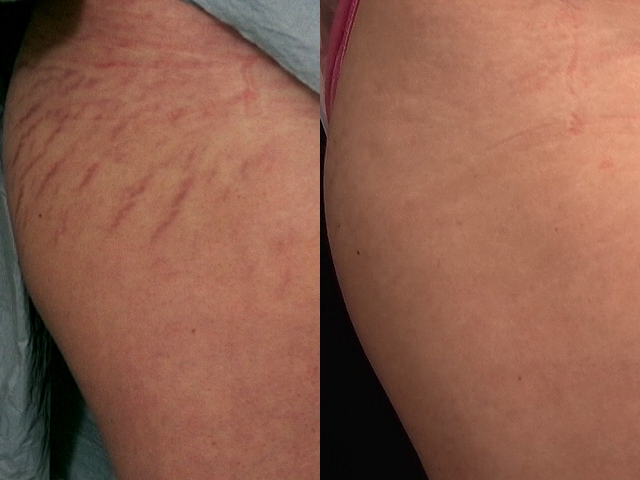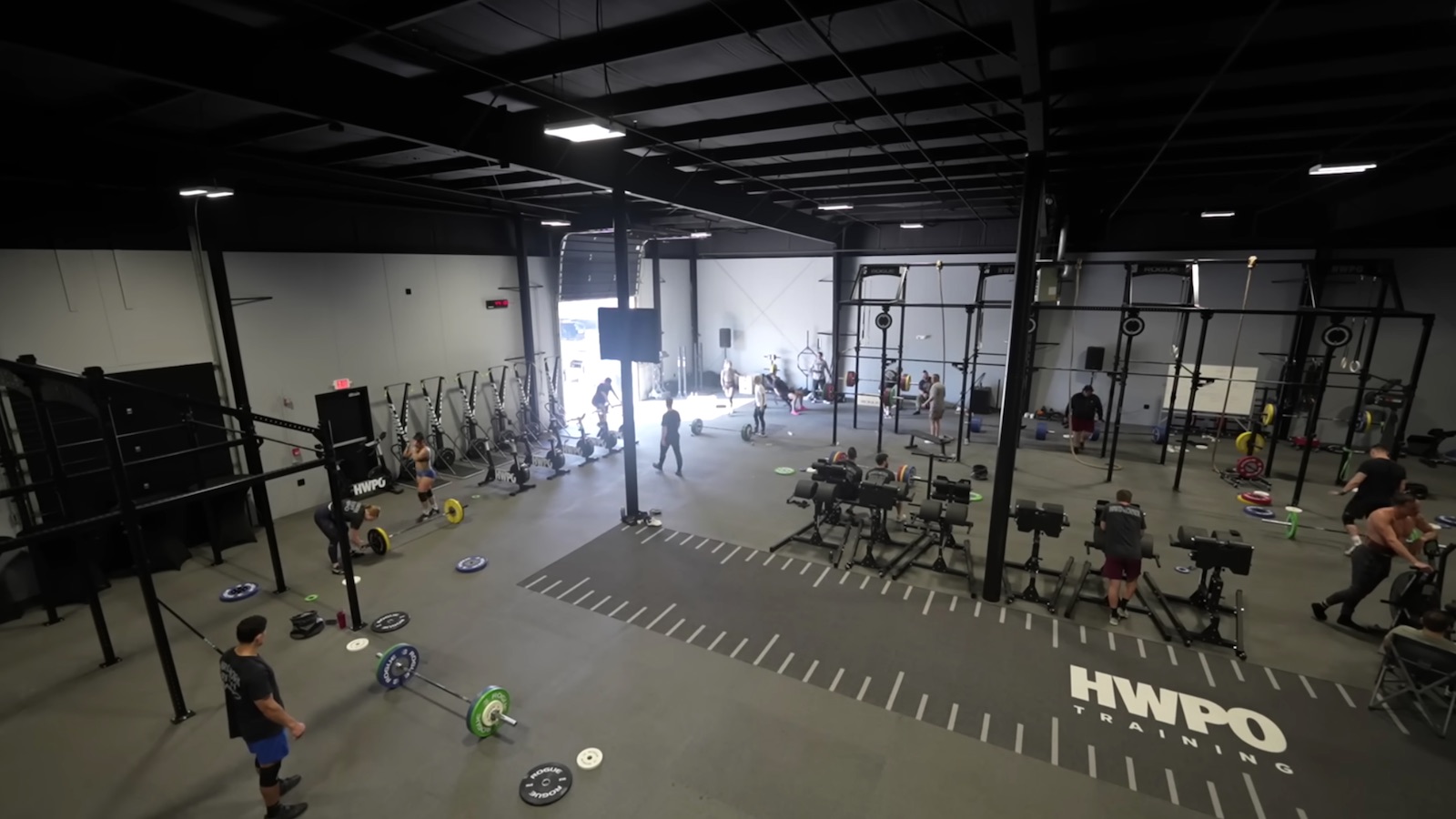
Once viewed as an inevitable consequence of rapid growth, pregnancy and/or weight changes, stretch marks (or striae distensae) are a common skin condition that has been the source of frustration for many people. Understandably, “stretch mark treatments” have long been a Googled term and derm-asked topic. But what are the stubborn marks? “Stretch marks are caused due to stretching and tearing of the skin,” says Miami dermatologist Dr. Deborah Longwill. “When the skin tears, it needs collagen to repair itself.”
While some seek to eradicate stretch marks, others have learned to accept and even love their skin as is. Whether you’re looking to reduce their appearance or embrace them, we asked dermatologists to weigh in on the most effective stretch mark treatments available.
In-Office Stretch Mark Treatments
Just like many variables cause stretch marks, Dr. Longwill says different modalities can help improve their appearance. She also notes that sometimes patients will require more than one type of treatment. “My go-to recommendation for stretch marks is a combination of Morpheus8 and the N-lite laser. Morpheus 8 is a fractional radiofrequency micro-needling device,” says Dr. Longwill.
Morpheus 8 is a cutting-edge microneedling device that also uses radiofrequency technology to trigger the skin’s natural healing response and boost collagen production. The result is a visible reduction in stretch marks and an improvement in skin elasticity. To complement Morpheus 8, N-lite is a highly effective vascular laser that targets the redness and discoloration commonly associated with stretch marks. Used together, these treatments can significantly enhance the appearance of stretch marks, leaving you with smoother, more youthful-looking skin.
While their exact selections may vary, Washington D.C. dermatologist Tina Alster, MD also casts her vote for the powerful duo of microneedling and/or laser treatment when it comes to the most effective way to treat stretch marks in all skin types. In the patient below, Dr. Alster was able to achieve these results after one combination treatment involving a 595nm pulsed dye laser and microneedling.
Downtime + Care
Depending on the laser and microneedling treatment used, downtime will vary. “There are at lest 24 hours of downtime with Morpheus8 and little to no downtime for the N-lite laser, but after every procedure, you’ll need a week of no sun exposure,” Dr. Longwill explains. “The results for Morpheus8 and N-lite vary, and depending on the severity, one might need more treatments than others. I recommend visiting your local dermatologist for the best treatment plan for you.”
At-Home Stretch Mark Options
If you’re looking for an at-home solution, Dr. Alster says the best at-home stretch mark treatment is none other than a topical retinol cream. Ranging from .3% to 1%, SkinCeuticals Retinol (starting at $78) can be applied directly onto your stretch marks or mixed into a body moisturizer for a less potent start.
Retinol works by increasing collagen production and skin cell turnover, which helps to improve the overall texture and tone of the skin. It also stimulates the production of elastin, which is crucial in maintaining the skin’s elasticity. Over time, this can lead to a significant reduction in the visibility of stretch marks. With regular use, a topical retinol cream can be a powerful tool in achieving smoother, more even-toned skin.
Find a Doctor
Find a NewBeauty “Top Beauty Doctor” Near you






